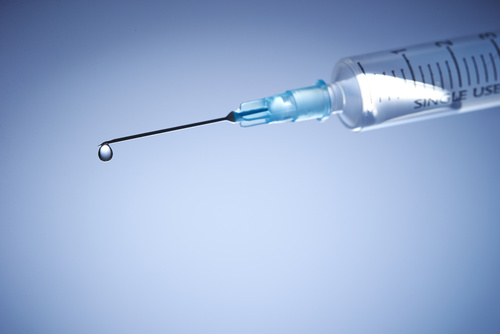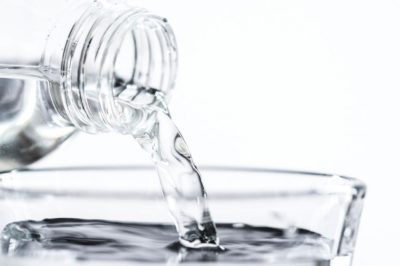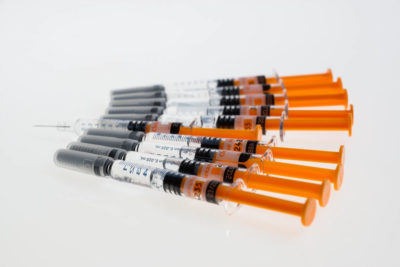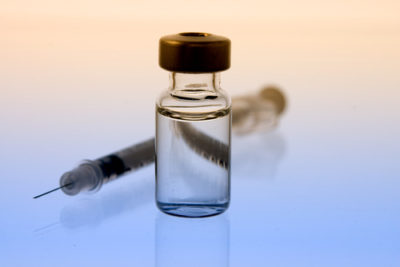Originated by Dr. A.T.W. Simeons, the hCG diet protocol—around since the 1950s—mandates hCG injections, or human chorionic gonadotropin, and an extreme low-calorie food plan.
It was popularized by Simeons’ book, “Pounds and Inches: A New Approach to Obesity,” and an article in the medical publication Lancet on the subject. The diet, predicated on 40 years of obesity research, is used successfully to this day, with the injections geared toward blocking the gnawing hunger pangs, headaches, fatigue and sarcopenia—or loss of muscle tone—that can accompany extreme reduced-calorie diets.
Some facts you may not know about hCG Injections & Diet:
- HCG, or human chorionic gonadotropin, is a glycoprotein, or hormone, produced by a portion of the placenta—or syncytiotrophoblast—following implantation. Pregnancy tests determine the presence of hCG, which for the record is comprised of 237 amino acids. Research suggests that hCG increases metabolism similar to a pregnant female by helping the body release calories stored in fat. HCG may also appear in relation to cancerous tumors; consequently elevated levels measured when the patient is not pregnant can lead to a cancer diagnosis.
- While the original diet protocol discouraged expending calories, which are so limited, through exercise other than perhaps a brisk walk, if electing to exercise, one expert recommends increasing the 500-calorie count to 600 or even 750. This can be achieved in the form of egg whites or whey protein powder, or just adding a few more ounces to the protein identified on the daily diet plan. And while you may be able to engage in the same forms of fitness, the intensity may need to be dialed back—even to less than half. When the body has limited sugar and no fat (from food) for fuel, it is going to process exercise differently.
- As a powder mixed with water, hCG can be taken subcutaneously or intramuscularly by injection and performs like luteinizing hormone in the body. This stimulates the production of testosterone—even when natural LH is not present or deficient. In this respect it is used to maintain testosterone production and/or testicle size during steroid use, though it can also be used to increase testosterone production apart from steroid use. (Tests can determine if the testes is actually capable of producing greater amounts of testosterone with hormone stimulation.)
- hCG Injections vs. drops vs. other forms: The delivery system for hCG can mean the difference between success and failure. While it may be tempting to save a few dollars and reach for the hormone in drop form at the big box store, or order online without a prescription, research shows you may be settling for an unreasonable facsimile, namely a product derivative or even grain alcohol. And while pharmaceutical hCG drops and pellets do exist, hormones are typically very large molecules—not readily absorbed through the gastrointestinal tract.
With hCG Injections, prescribed hCG doses are said to range from 175 to 200 units, and reportedly 100 percent of it is absorbed. In sublingual tablet form (placed under the tongue), absorption by the body is listed at 45 to 60 percent, causing the prescribed dose to be doubled to ensure proper performance. Also available in a nasal spray, which is said dissolve before reaching the blood, hCG’s efficacy does not compare to an injectable.
- Among current and approved medical uses for hCG are treating infertility in women, including catalyzing ovulation following administration of another drug: menotropins. HCG is used to increase sperm count in men. It is sometimes prescribed for boys whose testicles have not adequately dropped into the scrotum, a condition known as hypogonadism, often caused by a pituitary gland disorder.
- Unreconstituted hCG can withstand at least two months at regular room temperature. Once hCG is combined with bacteriostatic (sterile) water to create the injectable solution, it needs to be refrigerated. And, portions can also be frozen for later use.







